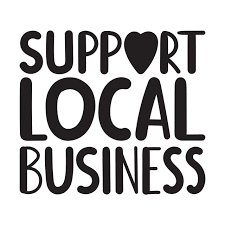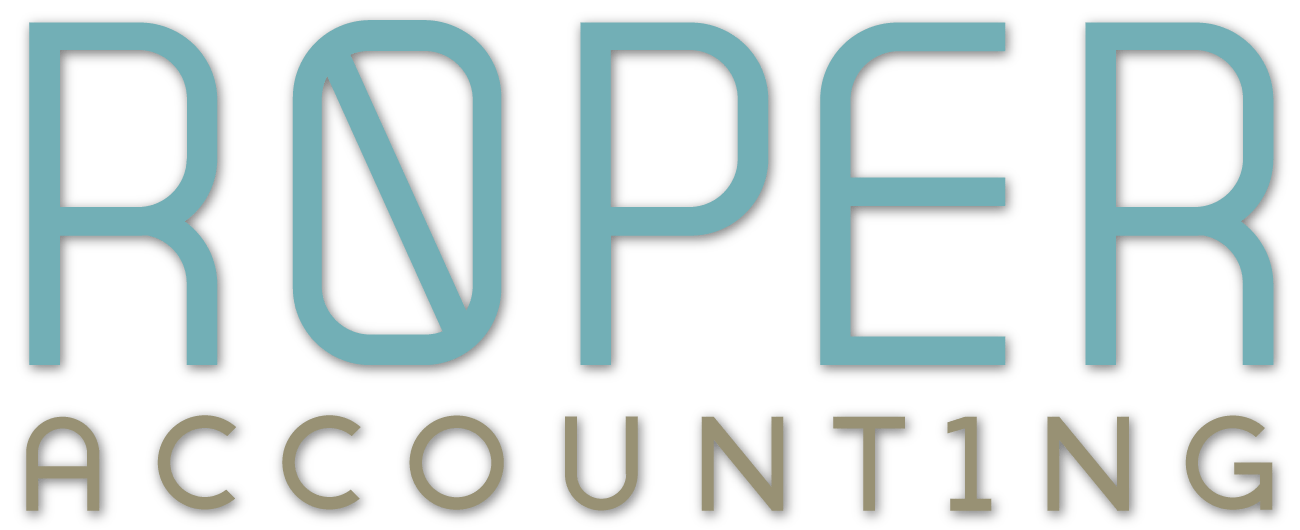 When you record a transaction in QuickBooks (or any accounting system for that matter), you use ledger accounts that are listed in your Chart of Accounts. QuickBooks helps you create your Chart of Accounts based on your industry and business structure if you are setting up a new company file. Your Chart of Accounts is made up of 5 basic ledger account categories:
When you record a transaction in QuickBooks (or any accounting system for that matter), you use ledger accounts that are listed in your Chart of Accounts. QuickBooks helps you create your Chart of Accounts based on your industry and business structure if you are setting up a new company file. Your Chart of Accounts is made up of 5 basic ledger account categories:
1. Asset Accounts – Asset accounts represent what you own in your business. There are different types of assets:
Current assets – these represent what the company owns that you can convert into cash in one year or less. Current assets include your bank accounts, accounts receivables (money your customers owe you), and inventory.
Fixed assets – these represent assets the company has purchased to help run the business that are not for resale – like furniture, fixtures, equipment, hardware and software, buildings, and vehicles. Typically when you purchase these items and the cost is significant for your business, you would record these as a fixed asset not an expense to the company. Writing off the cost of these assets to expense is done through a process called depreciation. For many small businesses, this is done annually.

2. Liability Accounts – Liability accounts represent what you owe in your business. Like assets, there are different types of liabilities:
Current liabilities – these represent what you owe in your business that you have to pay in one year or less. Current liabilities include sales tax payable, accounts payable (bills you owe), payroll taxes payable, short term loans, and credit cards.
Long term liabilities – these represent what you owe in your business that you will pay over a longer period of time. Long term liabilities include mortgage loans, long term bank loans, long-term capital leases, etc.
3. Equity Accounts – Equity accounts represent the net worth of your business. Equity accounts vary based on your business structure. Here are some of the more common business structures and associated equity accounts:
Sole proprietorship
- Owners investment – the money you personally put into your business
- Owners draw – the money you pay yourself (you are not considered an employee and can’t take a wage)
- Retained earnings – the accumulated profits or losses in your business from day one
Partnership
- Partner investment – the money you personally put into your business (separate account for each partner)
- Partner draw – the money you pay yourself (you are not considered an employee and can’t take a wage – separate account for each partner)
- Retained earnings – the accumulated profits or losses in your business from day one
Corporation
- Capital stock account – represents the sale of stock when creating your business
- Shareholder distribution (S corporation only) – the amount of your share of the profits you take out of the business as a stockholder – there is a separate account for each shareholder. The amount you can take is limited to the amount of profits you have in the current year.
- Retained earnings – the accumulated profits or losses in your business from day one
Limited Liability Company (LLC)
- Single member LLC – same accounts that a sole proprietorship has
- Multi-member LLC – same accounts that a partnership has
- S Corp designation – same accounts as an S corporation
Non-profit
- Restricted Net Assets
- Unrestricted Net Assets
4. Income Accounts – Income accounts represent the money you get from the sale of your products or services. You can use one income account or multiple income accounts to show your various sources of revenue.
5. Expense accounts – Expenses accounts represent the general categories of expenses you have in your business. They are broken into:
Direct costs (costs directly related to your sales, referred to as cost of sales or cost of goods). These could be labor and materials, cost of inventory, etc.
Indirect costs (overhead expenses). These would include facility costs, salary and wages, office expenses, etc.
When creating your primary financial statements – your profit & loss statement and your balance sheet – it is important to understand that your income and expense accounts are used to create your profit & loss statement and your asset, liability and equity accounts are used to create your balance sheet. If you are not careful in setting up and using your ledger accounts properly, you can end up with some pretty funky financial statements!
Related Articles:
5 Tips for a Successful Business
8 Bookkeeping Tips for Starting the New Year Right
Cyber Security for Your Small Business

